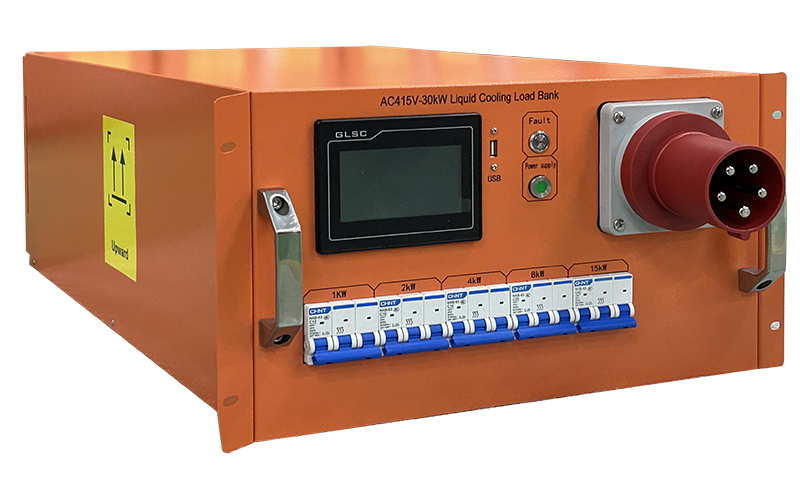From the laboratory to the production line: Liquid-cooled load banks meet the high-power testing requirements of multiple scenarios
Time:2025-09-29
In the research, development, and production chain of high-power equipment, a significant gap exists between the precision verification required in laboratory environments and the efficiency-driven testing demands on manufacturing lines. Conventional load banks often fail to satisfy both sets of requirements due to limited adaptability across operational scenarios. In contrast, liquid-cooled load banks—featuring modular architectures and flexible performance configurations—have emerged as a critical "testing bridge" linking laboratory innovation with industrial-scale production.
In laboratory settings, equipment development necessitates frequent, high-precision performance tuning, placing stringent demands on the parameter adjustability and data acquisition capabilities of load banks. The liquid-cooled load bank supports fine-grained power adjustments within a range of 10 kW to 200 kW, with a minimum power step as low as 100 W. It integrates a 1 MHz high-speed data acquisition module capable of real-time monitoring of voltage, current, and temperature, maintaining measurement accuracy within ±0.5%. This performance profile aligns precisely with the R&D and validation needs of core components such as server processors and next-generation energy storage batteries. For instance, a research institution utilized this system for thermal management testing of high-power semiconductor chips, completing in one week a test volume that would typically require two weeks using conventional equipment—thereby significantly accelerating the development cycle.
When deployed in production line environments, the need shifts toward balancing testing throughput with operational stability. The liquid-cooled load bank supports parallel expansion through multi-unit integration, enabling simultaneous testing of multiple devices and tripling the throughput of individual production lines. Furthermore, its closed-loop cooling architecture ensures reliable operation in challenging industrial conditions, including exposure to dust and oil contamination. Compared to air-cooled alternatives, it demonstrates a 70% lower failure rate and extends maintenance intervals to six months. A leading new energy vehicle manufacturer implemented this solution on its EV charging station production line, increasing daily inspection capacity from 200 to 600 units while reducing defect rates from 5% to 1.2%, thereby achieving an optimal balance between productivity and quality control.
From precise R&D debugging to large-scale production testing, the liquid-cooled load bank, through its adaptive design tailored to diverse operational scenarios, has overcome the limitations of traditional test equipment. It now provides robust, end-to-end support for lifecycle testing of high-power systems, ensuring consistency and reliability across development and manufacturing stages.
News Recommendation
-
 2024-09-11
2024-09-11TRIUMPH LOAD EXHIBITING AT Enlit Europe 2024 -BOOTH 7.H08
-
 2023-04-21
2023-04-21TRIUMPH LOAD EXHIBITING AT DATA CENTER WORLD GERMANY 2023-BOOTH F909
-
 2023-04-06
2023-04-06TRIUMPH LOAD EXHIBITING AT ELECTRIC POWER TECH KOREA 2023 – Booth G109
-
 2022-05-05
2022-05-05What is the role of ac load bank for power supply?
-
 2022-05-05
2022-05-05What is the role of the load bank?


